Fantastic Flowers for Beginners
In this case, 13 is a lucky number! Don't say you have a brown thumb! Try these 13 easy-to-grow, can't-kill beauties and watch your beginner's thumb turn green.
Sunflowers
Sunflower seeds are large and easy to handle, so they're great for children or beginner gardeners. You can find sunflower seeds in many different sizes and colors; they grow happily in sunny gardens. Plant a few seeds at a time over the course of several months to have nonstop blossoms from early summer through first frost. Even if you don't want to start from seed, we will be stocked with sunflowers for Spring and Summer!
Zinnia
Look for zinnias in almost every color except blue; they're also available in a variety of heights. The flowers may look like daisies or dahlias- even pom poms! Plant them in the sun and space them as directed on the seed packet or label; good air circulation helps prevent disease. These are also a butterfly magnet as a bonus!
Marigolds
Cheerful marigolds are easy to grow in sunny spots, brightening your garden with shades of yellow, red and gold as they bloom all summer long. African or American type marigolds grow 3 to 5 feet tall, but you can find shorter and more compact varieties.
Vinca
Vinca are the workhorse of the summer garden, outperforming all others in challenging, hot beds. The key to success with Vinca is knowing when to plant them. Those that are planted early while days are cool may be prone to root-borne fungus. Wait until daytime temperatures are in the upper 80s and at least 70 at night before planting to prevent infection. If a bed of Vinca does get fungus, plant something else there the next year to end the cycle.
Impatiens
Impatiens ask little more than a shady spot and enough water to keep them from wilting. Plant these pretty annuals when the weather is reliably warm. In recent years, many impatiens have succumbed to downy mildew.
Begonias
Tough, can't-kill summer begonias are great for hanging baskets, containers or garden beds. Give them partial sun or shade and they'll reward you with lots of lush color.
Pentas
Bring butterflies to your beginner's garden with Pentas in red, white, pink and/or purple. Pollinators absolutely love the blossoms, and the plants are absolutely trouble-free in full sun. Taller varieties are more vigorous and free-blooming, and look good in the back of flowerbeds for some height.
Daffodils
Plant daffodil bulbs and stand back. They'll burst into bloom each spring, filling your garden with color and fragrance. Give these hardy bulbs a sunny or partly sunny home in the garden or in containers.
Cosmos
Add cosmos plants to your garden or grow these daisy-like flowers from seeds. These annuals are so undemanding, they'll bloom even in poor soils. They like full sun (but appreciate afternoon shade in our hot climate) and tolerate drought once they're up and growing.
Geraniums
Great in window boxes, hanging baskets, pots or the garden, geraniums are low-maintenance plants. Grow these perky flowers for color from spring until frost; they prefer full sun, but may need some afternoon shade in our hot region, especially when we get "cookin" from June-August.
Morning Glories
To help morning glory seeds sprout, soak them in tepid water the night before you plant or file the hard seed coat to open it. Once they're started, morning glories can take care of themselves. But because they drop their seeds and self-sow readily, be careful where you plant them or you'll be pulling volunteers for years! To help control unwanted seedlings, mow, rake or heavily mulch the ground underneath the plants.
Blanket Flower (Gaillardia)
Blanket flowers (Gaillardia) are native wildflowers in parts of the U.S., and they grow robustly in full sun. These butterfly magnets bloom almost nonstop. They are aptly named, as a mass planting will so envelop the earth with blooms you won’t be able to see what’s beneath!
Daylilies
These sun-loving perennials bloom dependably in almost any kind of soil, as long as it drains easily. Best of all, you can divide them after a time and expand your garden. The dwarf, re-blooming ‘Stella’ is very popular, but the varieties of size and color they come in are staggering!
Please note- All Seasons may or may not have these plants in stock available to purchase at the time you come to purchase these. If you're ever looking for something specific, please call the garden center at 337.264.1418 or send an email question via this link prior to your shopping visit!
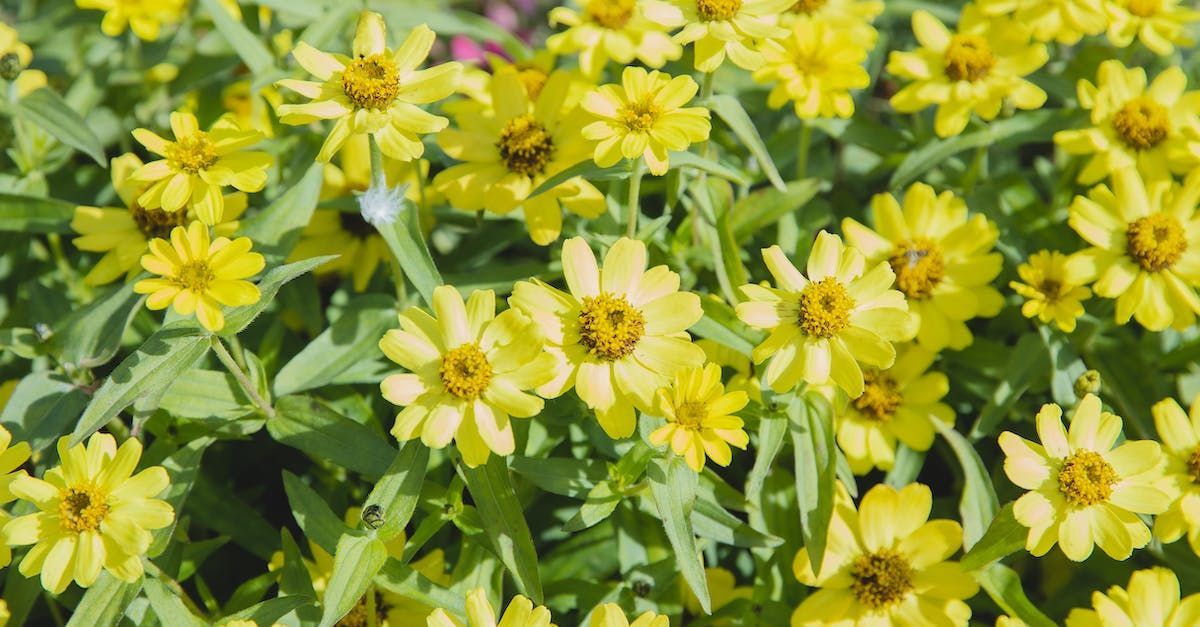
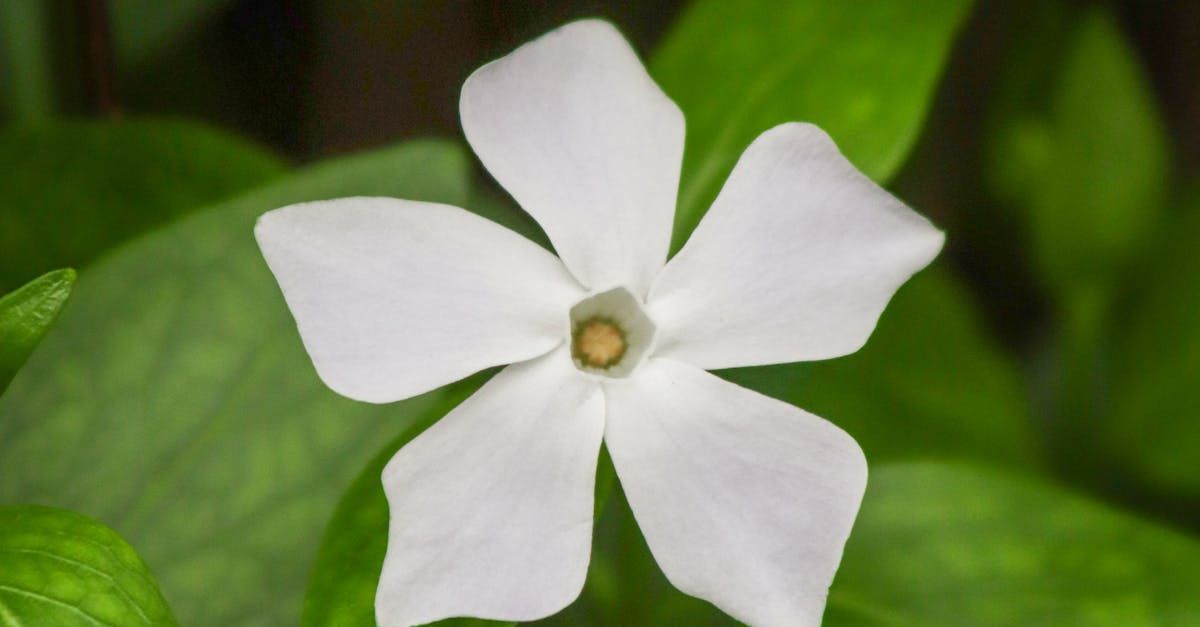
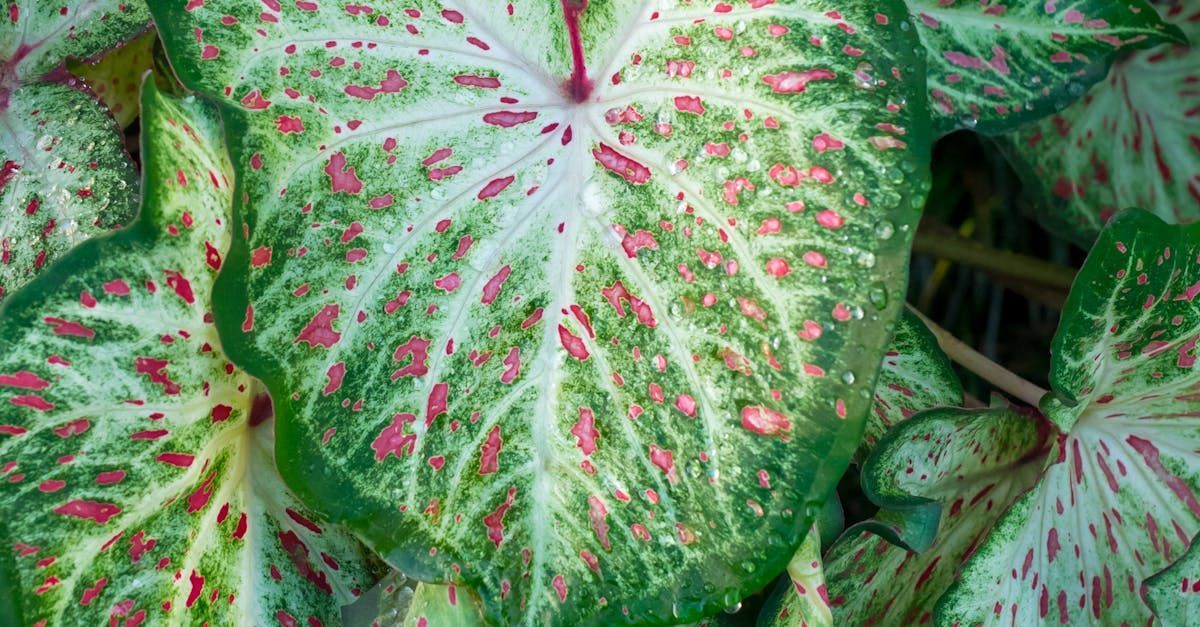
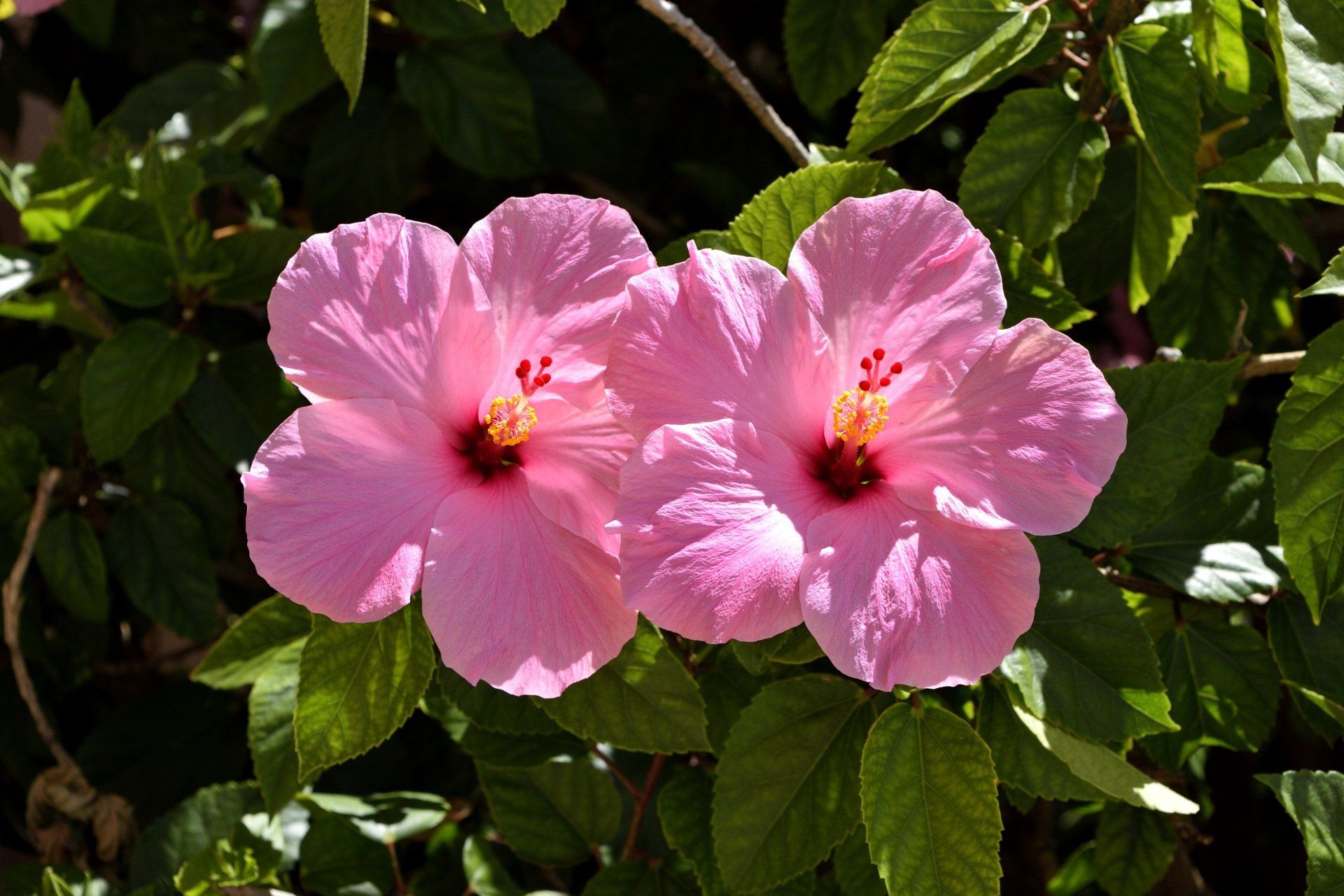
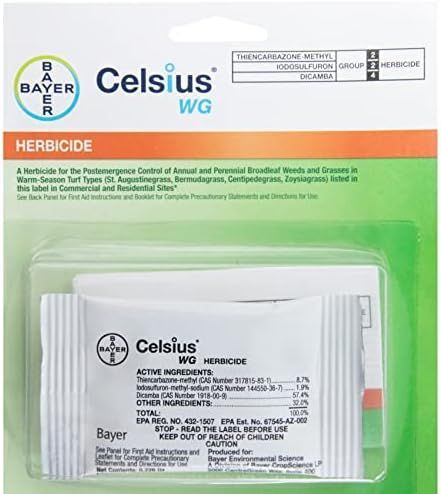
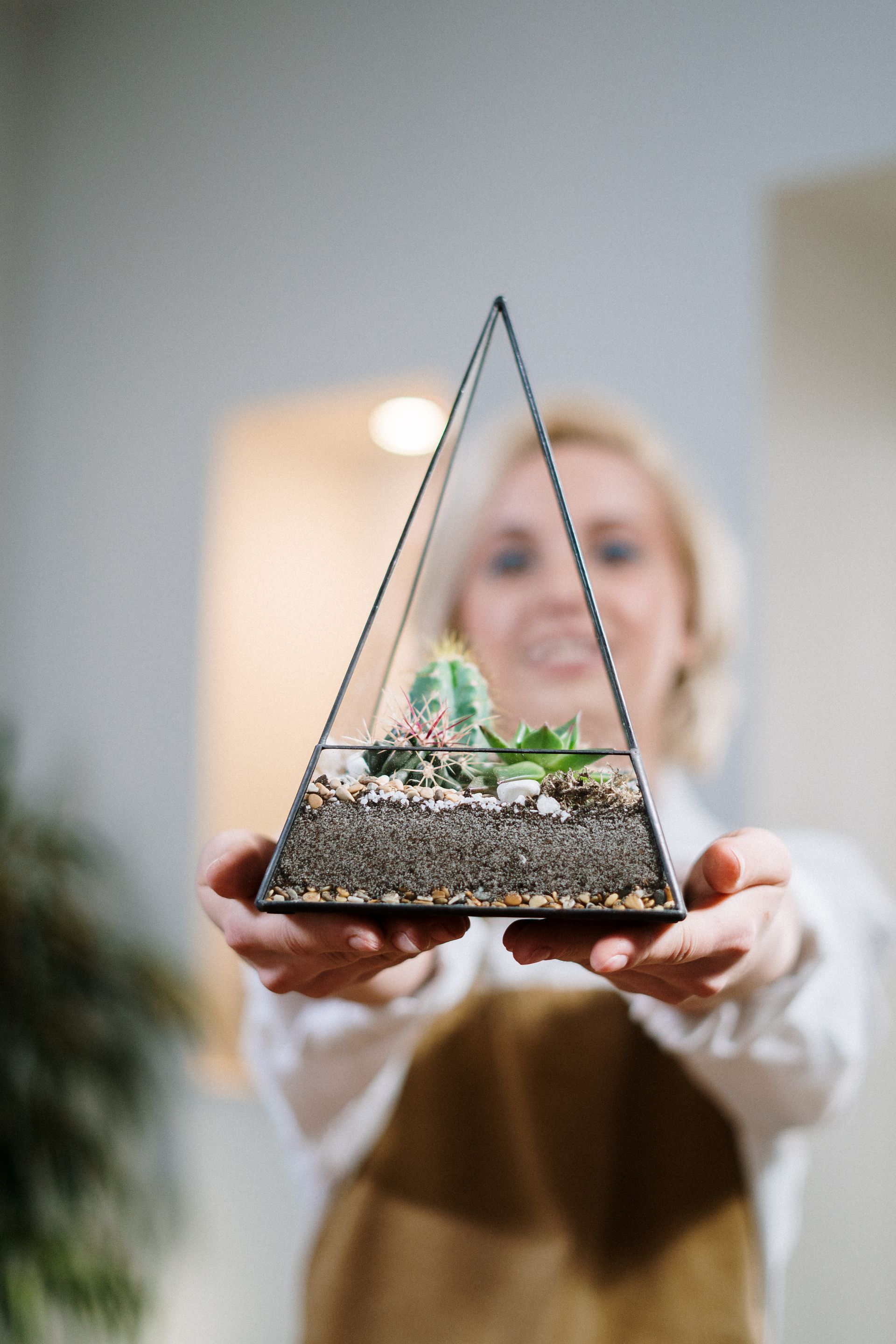

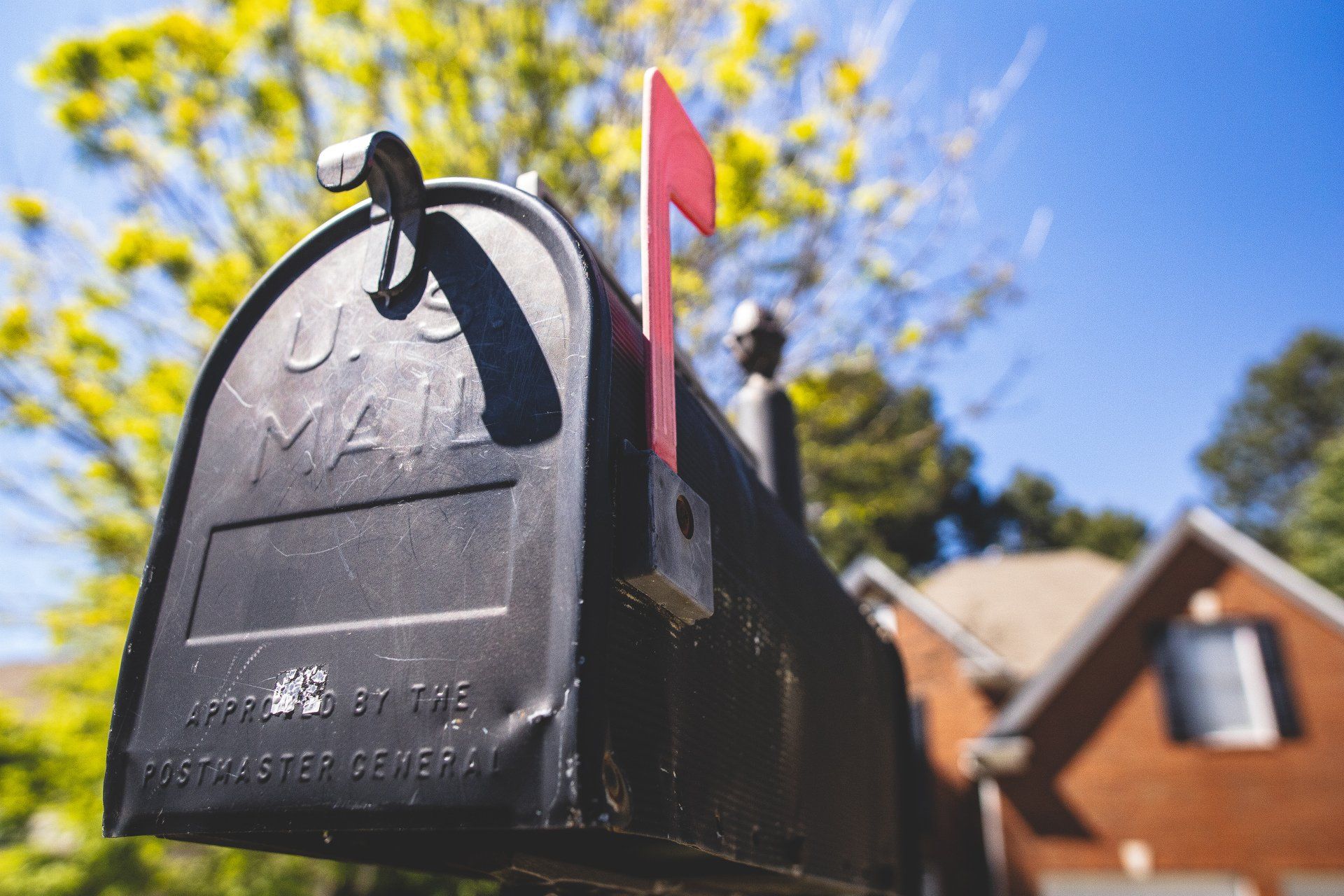
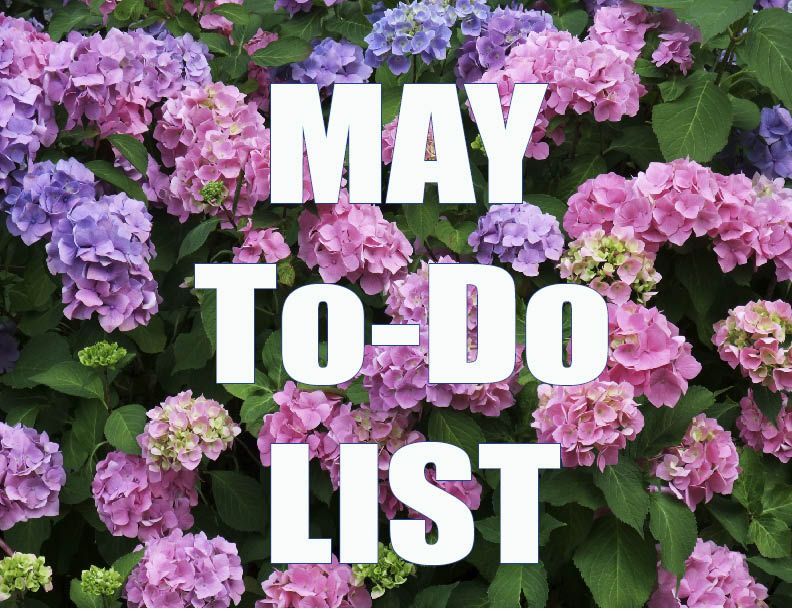
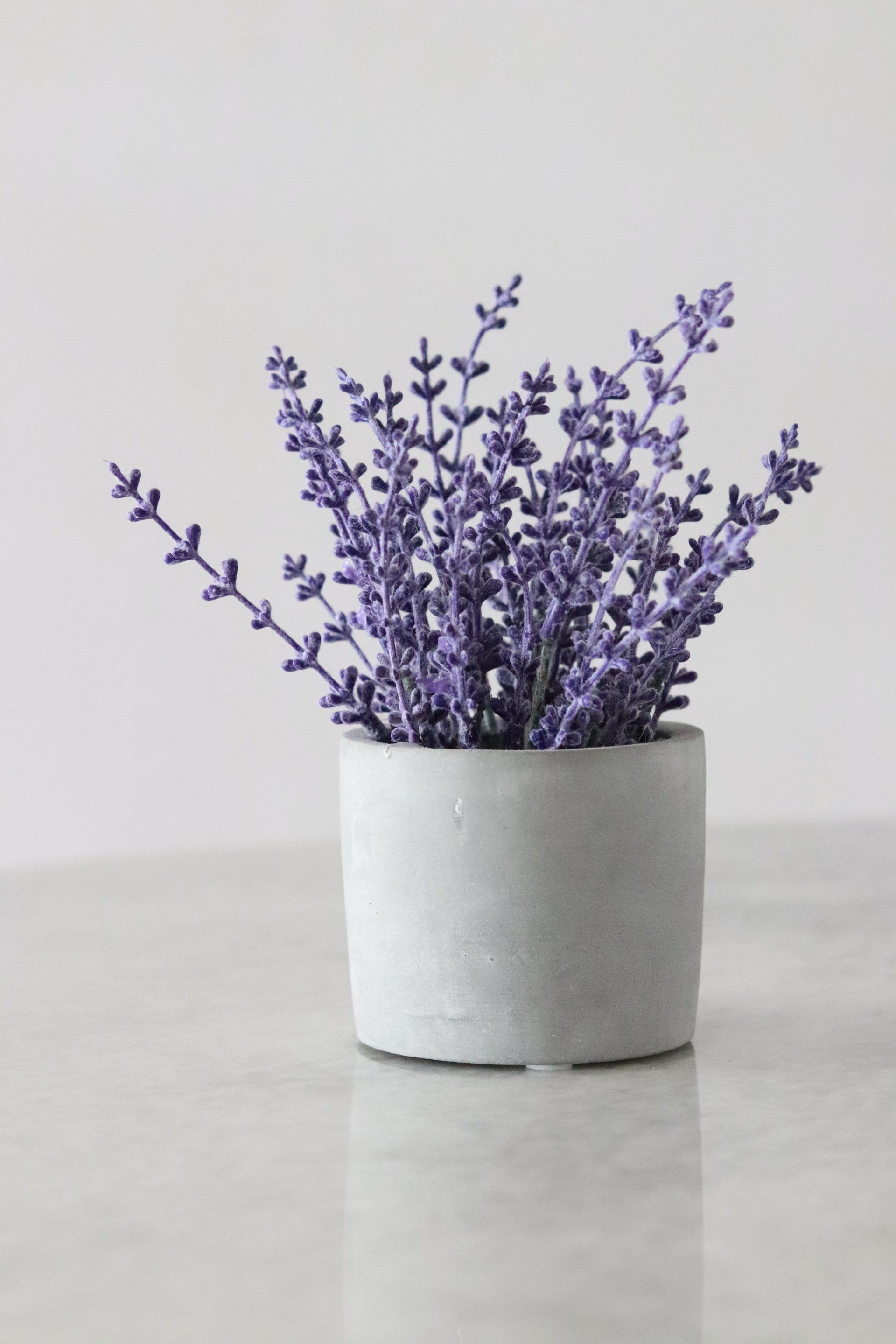
Browse Our Website
Our Services
Contact Information
Phone: (337) 264-1418
Email: info@buyallseasons.com
Location: 2974 Johnston St Lafayette, LA 70503
Business Hours:
Monday-Saturday: 9AM - 6PM • Sunday: 10AM - 5PM


